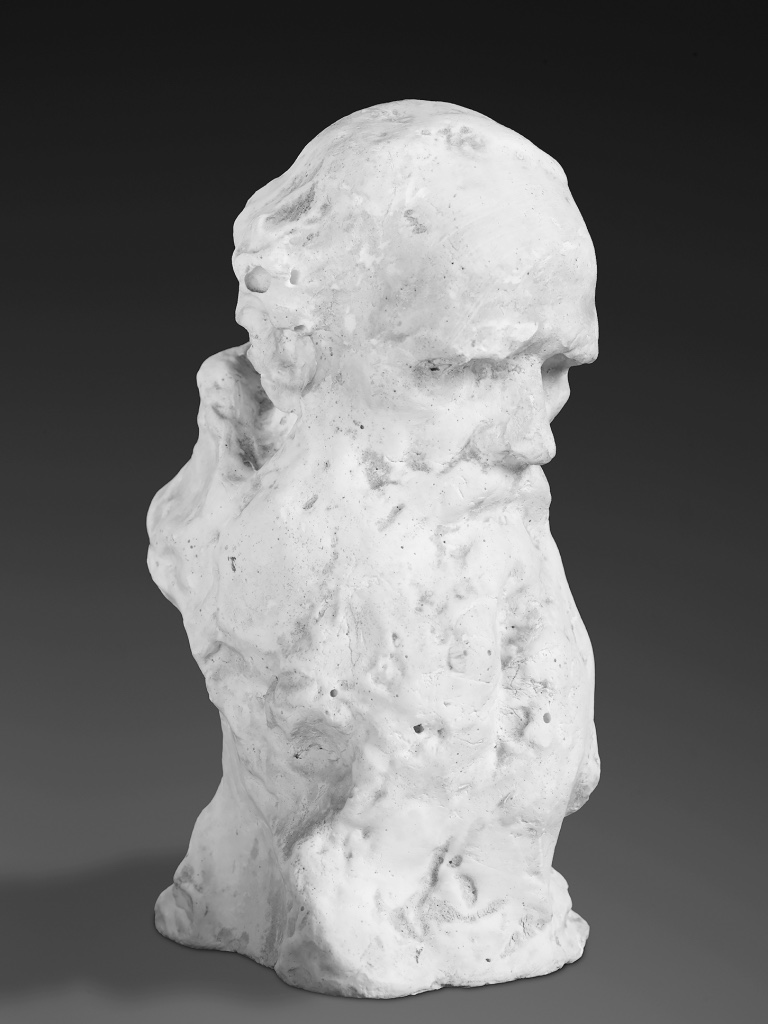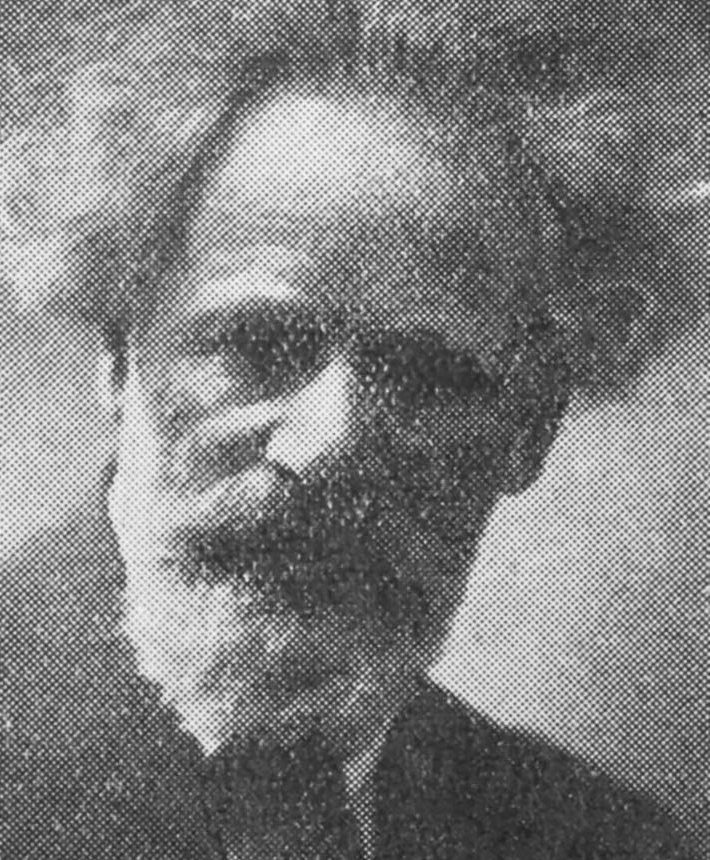Gabriel ZENDEL
January 4, 2019Aron BRZEZINSKI
January 4, 2019Naoum ARONSON
KRESLAVKA (RUSSIA) 1872 – NEW YORK 1943
Naoum Aronson was born into a family of small shopkeepers. He began studying art at the Academy in Vilnius. In 1891, he arrived in Paris where he took classes at the Ecole des Arts Décoratifs and at the Académie Colarossi. He studied under Hector Lemaire and Auguste Rodin, who had a great influence on his style. Aronson’s debuts were difficult, he lived in poverty. In 1897, he exhibited his work for the first time at the Société Nationale des Beaux-Arts.
Aronson regularly returned to the Soviet Union between 1901 and 1935, especially after the October Revolution in 1917. He did his national service in Russia and was sympathetic to the communist regime. His work was exhibited in Moscow (1902) and in Saint Petersburg (1907). He produced several busts, including those of Chopin, Berlioz, Lenin, Pasteur, Tolstoy, and Beethoven. He exhibited his work in Paris, Liège, and Berlin.
In 1926, a retrospective of his work took place at the Galerie Decour in Paris. In 1937, he participated in the World Fair in Paris and was commissioned by the Soviet pavilion. In 1940, due to the anti-Jewish persecution in France, he left for Portugal and subsequently for the United States. He died in New York in 1943.
Stories of Jewish Artists of the School of Paris 1905-1939
FRENCH-ENGLISH
Capitale des arts, le Paris des années 1905-1939 attire les artistes du monde entier. De cette période de foisonnement, un terme est resté, celui d'Ecole de Paris, qui recouvre une grande diversité d'expression artistique. Dans ce brassage dont Montparnasse est le creuset, un groupe se distingue : celui des artistes juifs venus de Russie, de Pologne et d'Europe centrale. Si leurs styles sont variés, un destin commun les rassemble : ils fuient l'antisémitisme de leur pays d'origine. Certains ont connu la célébrité dès les années 1920, tels Soutine, Lipchitz ou Chagall. D'autres n'ont pas eu le temps ou la chance d'y accéder. Près de la moitié a péri dans les camps de concentration nazis.
From 1905 to 1939, Paris attracted artists from all over the globe as the capital of the art world. This period of artistic proliferation became known as the School of Paris, and includes a great diversity of artistic expression. Within the teeming art world centred on Montparnasse, one group set itself apart: Jewish artists from Russia, Poland, and Central Europe. Although their styles were diverse, they shared the common fate of fleeing anti-Semitic persecutions in their home countries. Some became famous in the 1920s, such as Soutine, Lipchitz, and Chagall, while others did not have the time or the luck to gain renown. Nearly half of these artists died in Nazi concentration camps.






